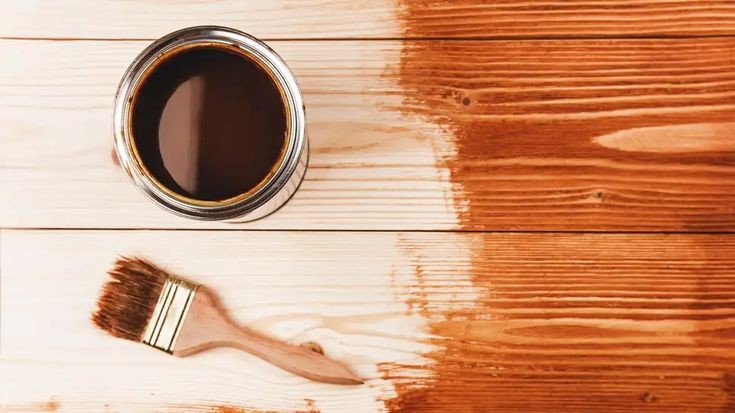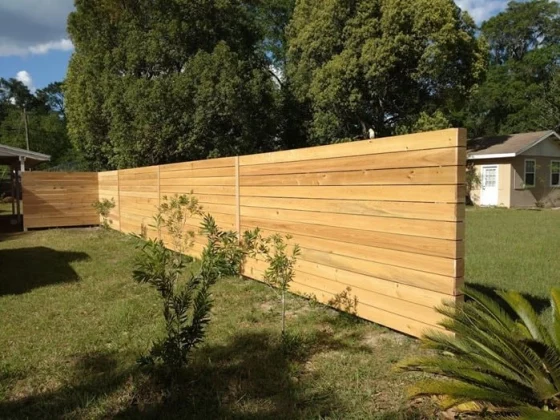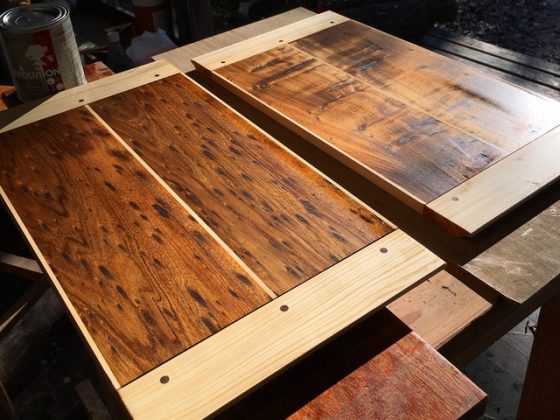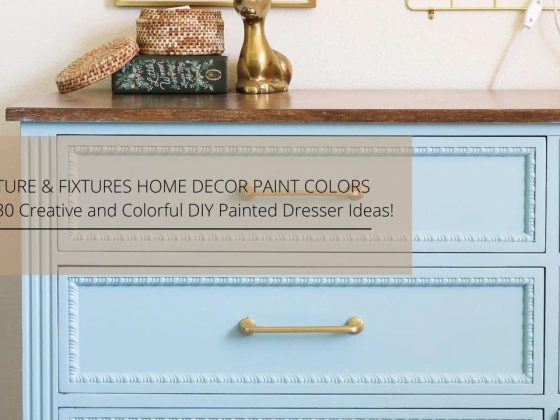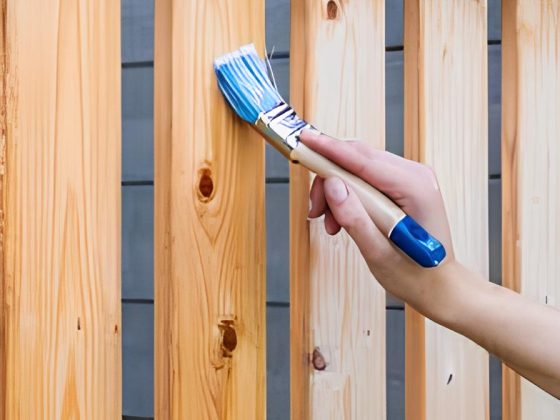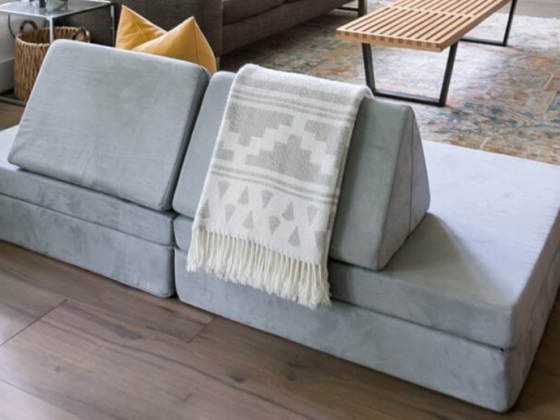Pine wood is the most common type of wood when it comes to the construction of houses, as it is used in making cabinets, furniture, window frames, etc. Its affordability and availability are some of the reasons why people prefer it and opt for it.
However, pine wood in its natural form isn’t that pleasant to look at, so what people normally do is, stain it. This process is like the Midas Touch as it transforms an ordinary-looking wood into a wood that looks as though it belongs to royalty.
There are many ways to stain pine wood -naturally, water-based, oil-based, and gel-based and it is all up to you to choose the style you want. Again in this process, there are a few steps, and all these need to be thoroughly followed.
1. Do It Naturally
Pine wood can be stained or darkened without the need to be in contact with chemicals by using the natural way. It’s a budget-friendly and non-toxic way of staining your wood. You can use coffee, tea, vinegar, etc. These edible things may give your wood the color you want. Coffee gives out a rich shade but a slight one, and it creates a chemical reaction with tannins which are found in the wood and form a uniform color, reducing blotchiness.
Tea, on the other hand, also has similar properties, and it is cheap and plentiful. Now vinegar does the job a little differently but perfectly. It is applied to the wood with the help of steel wool. Here, the rust on the steel wool, which is caused by the vinegar, works as the color agent, giving the wood a deeper color.
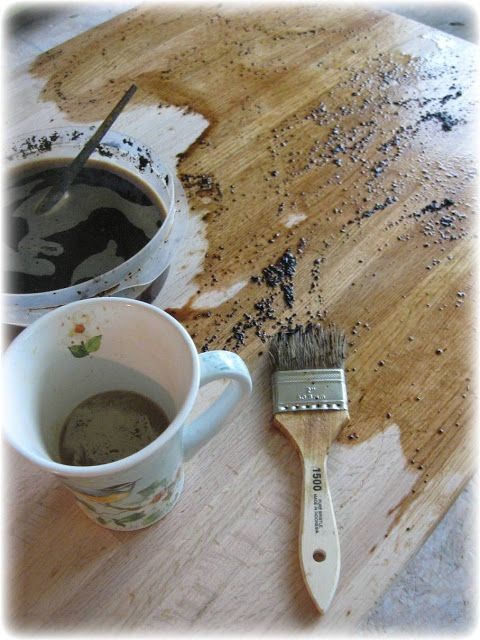
2. Sanding
Sanding is as equally important as staining. Actually, you cannot carry out staining of the wood without sanding. It is done to flatten and smoothen the surface of the wood, making all imperfections go away. Get sandpaper and start sanding the wood so that when you stain it, it perfectly sits on it without the visibility of cuts, scratches, and roughness.
This process makes wood staining so much easier and lighter as you do not have to worry about paint or stain not sitting well.
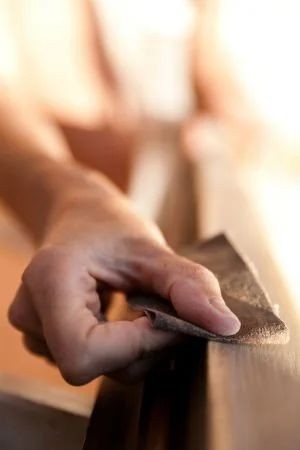
3. Water-Based Stain
Water-based wood stains are more commonly used than others. This type of stain is less smelly, and it has the ability to dry faster, and another good quality about it is the uniformity in the color it gives.
When the wood gets dirty after the application, you can easily clean it with soap and water instead of solvents. Interestingly, it allows air to move in and out of the paint, meaning the paint will not trap water and cause the decay of the wood. And what makes water-based stains preferable is that it is eco-friendly and does long damage to the environment.
You can apply a water-based wood stain in a similar manner as the others, but just make sure you utilize it after it is dried well.
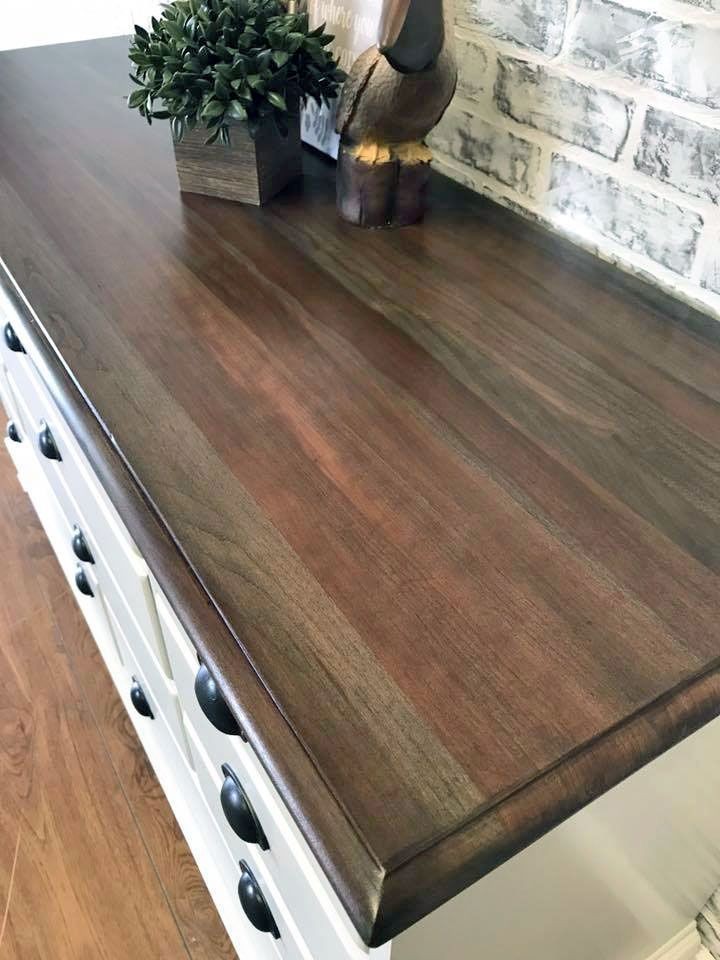
4. Oil-Based Stain
Oil-based stains are durable and are good at standing up against other elements. But sometimes, applying an oil-based stain requires a little more hard work because of its nature of drying slowly by taking a good amount of time. However, in the long run, oil-based stains give the wood a nicer and more refined appearance.
Mix all the pigments thoroughly and start applying the stain and let it penetrate and absorb into the wood. It takes time to dry, but it is absolutely worth the wait.
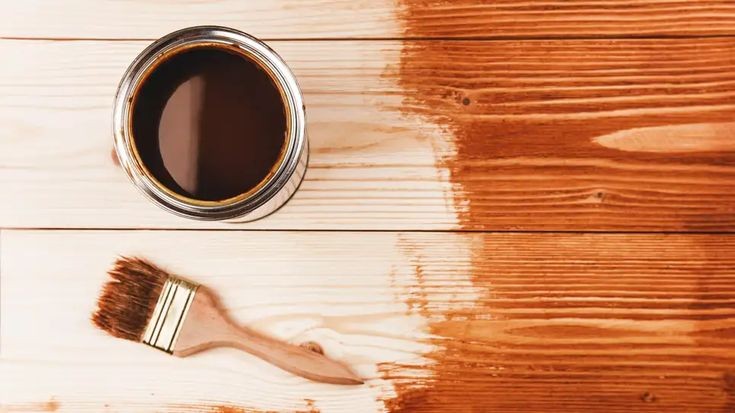
5. Gel-Based Stain
This type of wood stain is still new to many. Even though it’s not as prevalent as the others, a gel-based stain works finely, and you do not need to sand your wood much because of its easy application. Why it stands out among the other types of stain because of its unique quality of sitting on top of the wood without sinking into the wood.
Pine woods are prone to blotching, so here, in this case, gel-based stains always come to the rescue. It stains easily and creates a grand look.
Gel-based stains do not have that much ability to tolerate dirt, grease, or rough patches, so it is crucial to get the wood properly sanded before starting the process.
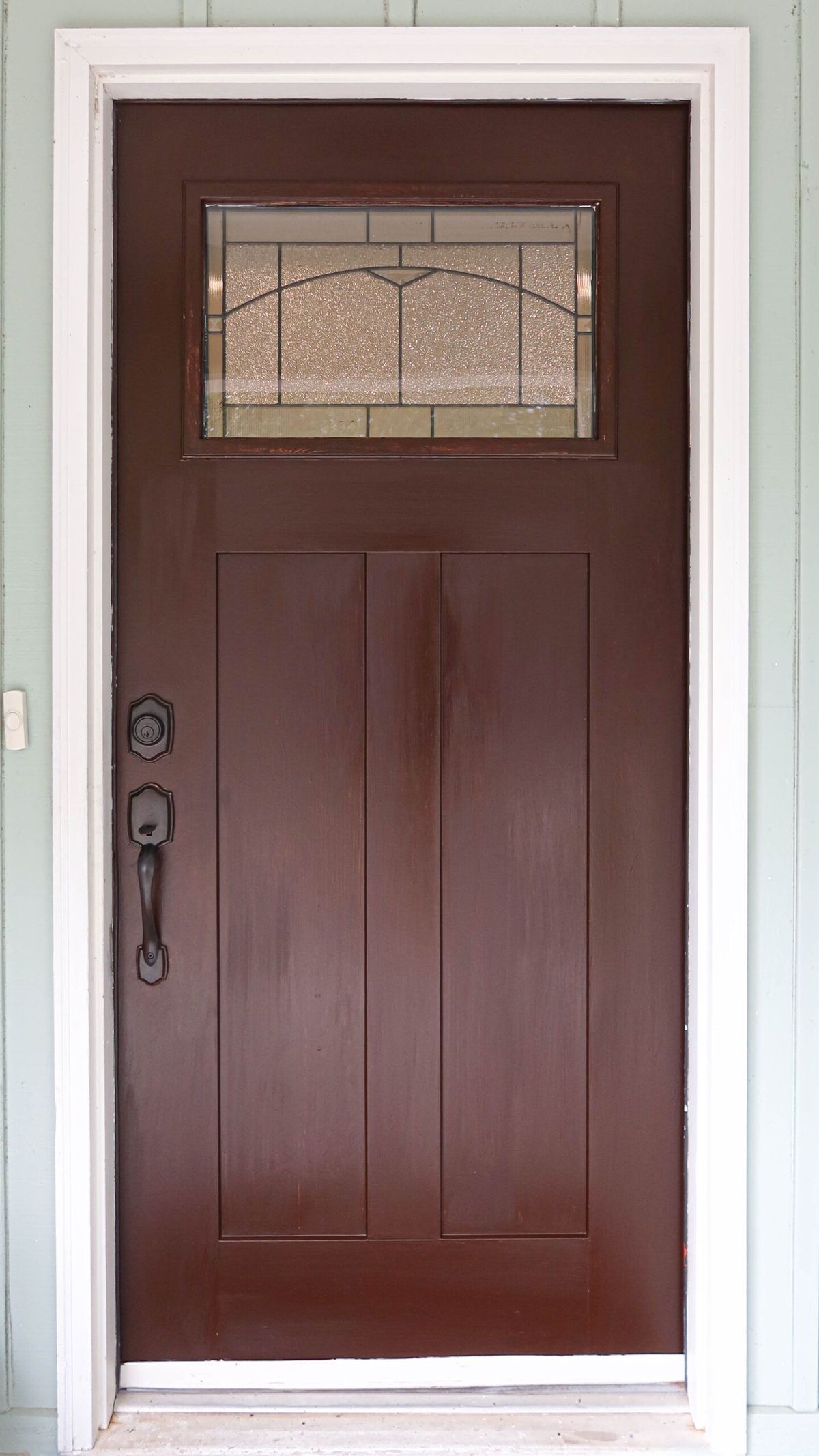
6. Latex-Based Stains
Pinewood has a reputation for being prone to scratches and cuts, so for these very purposes, latex-based stains are carried out to conceal the imperfections. They are thick in consistency, and it’s easy to apply because it does not spread in other directions.
You can consider this type of stain because of other good reasons as well, including its long-lasting nature and the ability to protect against UV rays. Overall, this is a very good and smart choice for someone who’s looking for durability and longevity. Latex stains, on the other hand, also look extremely fine and flossy.
Level up and smoothen up the wood with proper sanding because only then the perfect latex shine may be achieved.
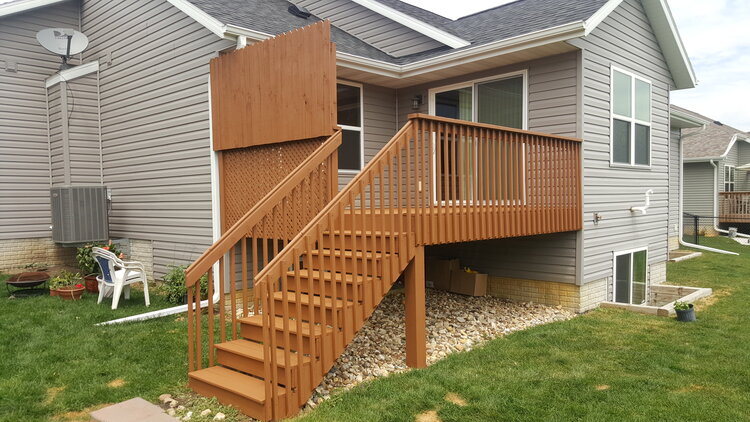
7. Varnish Wood Stain
Varnish is a type of stain that can also be used as an overcoat for woods that have already been coated with other types of stains. This way, the wood, and the surface can get extra protection. Why you should opt for a varnish stain? Apart from its fast-drying nature, durability, protective nature, and easy usage, it has a very special ability to protect against insects and moisture.
If you want your pine wood to stand out extraordinarily and last for a longer time, you already know what kind of wood stain you want. You know it’s varnish wood stain you should get and give your wood the shine it deserves.
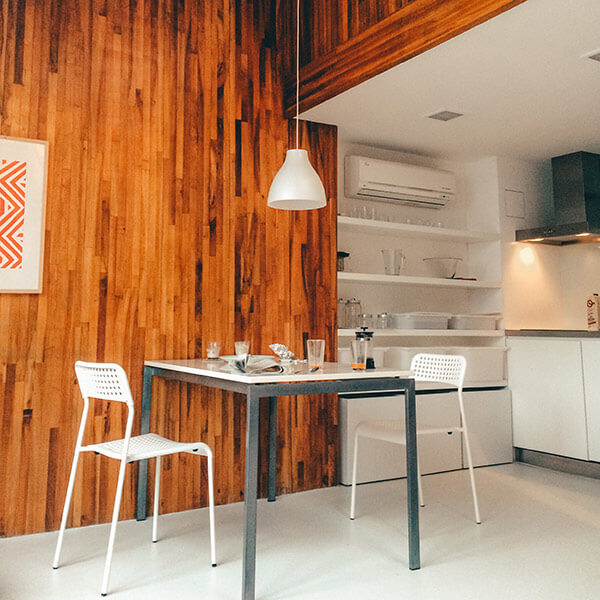
8. Lacquer-Based Wood Stain
This type of wood stain is more of a finish than a stain. Lacquer is preferred because it protects wood from heat and insects. When compared with varnish, lacquer emerges to be slightly tougher. If you also want your pine wood to possess that deep and dark color, lacquer is a great choice. In addition, it also prevents the wood from blotching.
Before you start staining your wood, it’s a must to sand it to make sure that the surface is smooth. The next step is to apply the stain onto the surface and wait for the striking outcome. Lacquer-based wood stain brings that extra floss to your wood, and one can never tell if it’s aging.

9. Dye-Based Wood Stain
A dye-based stain is known for its excellent performance in balancing color and the natural look of wood. They are made from water-soluble dyes, which perfectly absorb into the wood fiber. The whole point of this type of wood stain is to present itself in a fancy and attractive way.
Dye-based stains come in various colors – from typical wood tones to bright primary shades. You can mix the shades of your choice to bring out the unique shade and apply it to the wood. Dye stains are easy to apply with not many steps to follow, but, at the same time, they may fade over time and make the wood lose its good looks. The best solution is to keep maintaining it by staining it from time to time.
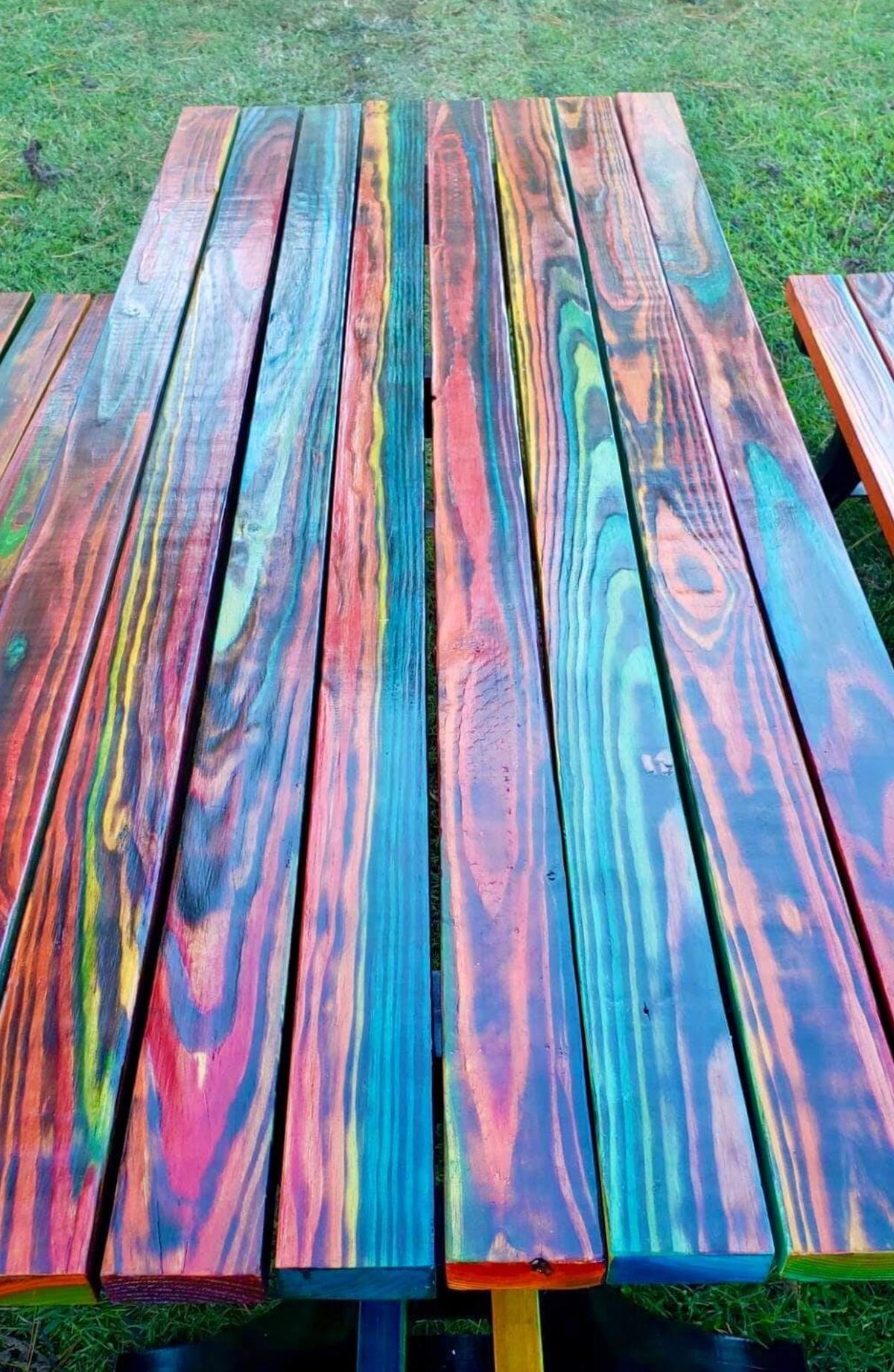
Stains Vs. Paints
Well, you can’t really say which one is the winner here. But what you know is both work differently and give satisfactory outcomes. Both stain and paint play significant roles on different occasions. So, there cannot be just one winner, as both deserve to be glorified.
Paints are applied to bring vibrancy to the room, and of course, they protect the wood as well. The color is absolutely depended on your choice or on a certain theme you follow. You may want to decorate your furniture and the room walls for your baby daughter, and what you do is, choose pastel pink because of the girlish spirit it comes with. This is exactly how you glorify your room and furniture.
In the case of stains, even though they have a slightly different outcome, they add a sense of polished look to the wood. Stains do not necessarily bring color to make wood look grand and posh. Sometimes they increase its natural color, and again, adding shine and gloss to the already good-looking aura it gives out. The wonderful ability of wood stain is that it doesn’t only bring extreme gorgeousness to the wood, it also preserves the natural color of the wood. Additionally, the amount of protection and durability stain gives is indisputable.
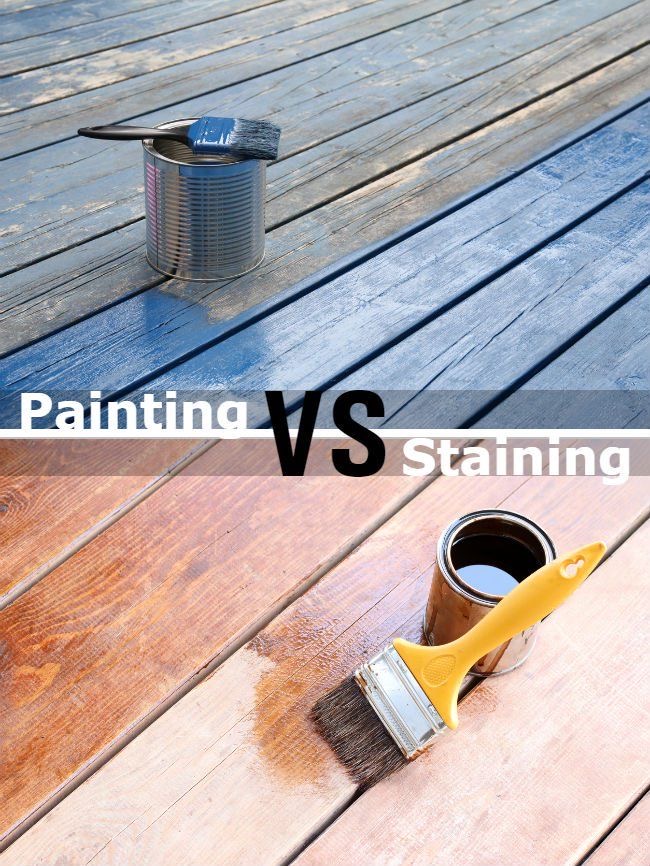
Conclusion
Pine woods are not costly, and they are one of the most common types of wood. The plus point about the wood mentioned above stains is that they give good enough protection to the wood, and all these are of good quality, and it’s a guarantee that they will be of good service to your project.
Sometimes the type of wood stain you choose is solely responsible for how your furniture looks. You may not splurge all your fortune on your furniture or house, but you can still bring luxury to how it looks. We hope that this article will make staining pine wood a little easy for you to do. Please share your thoughts in the comment box below.


